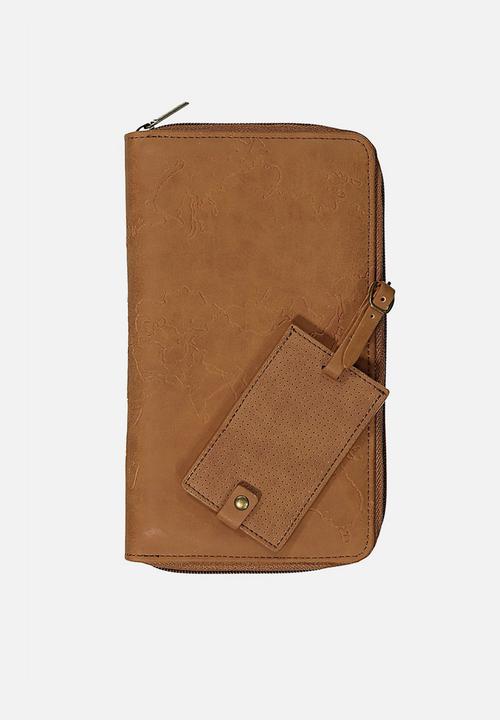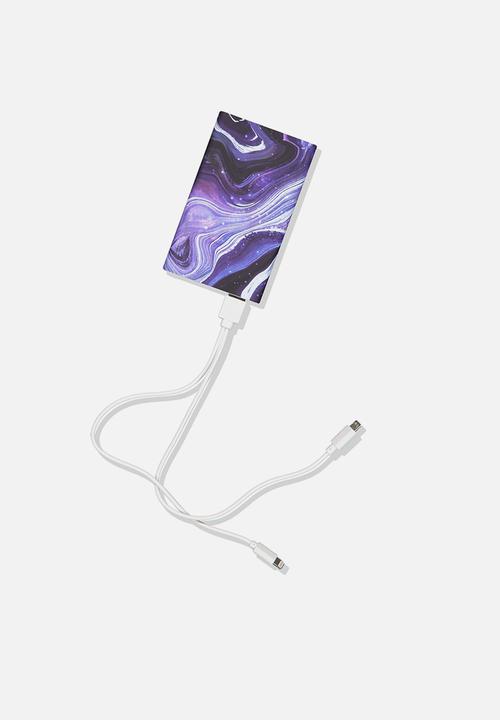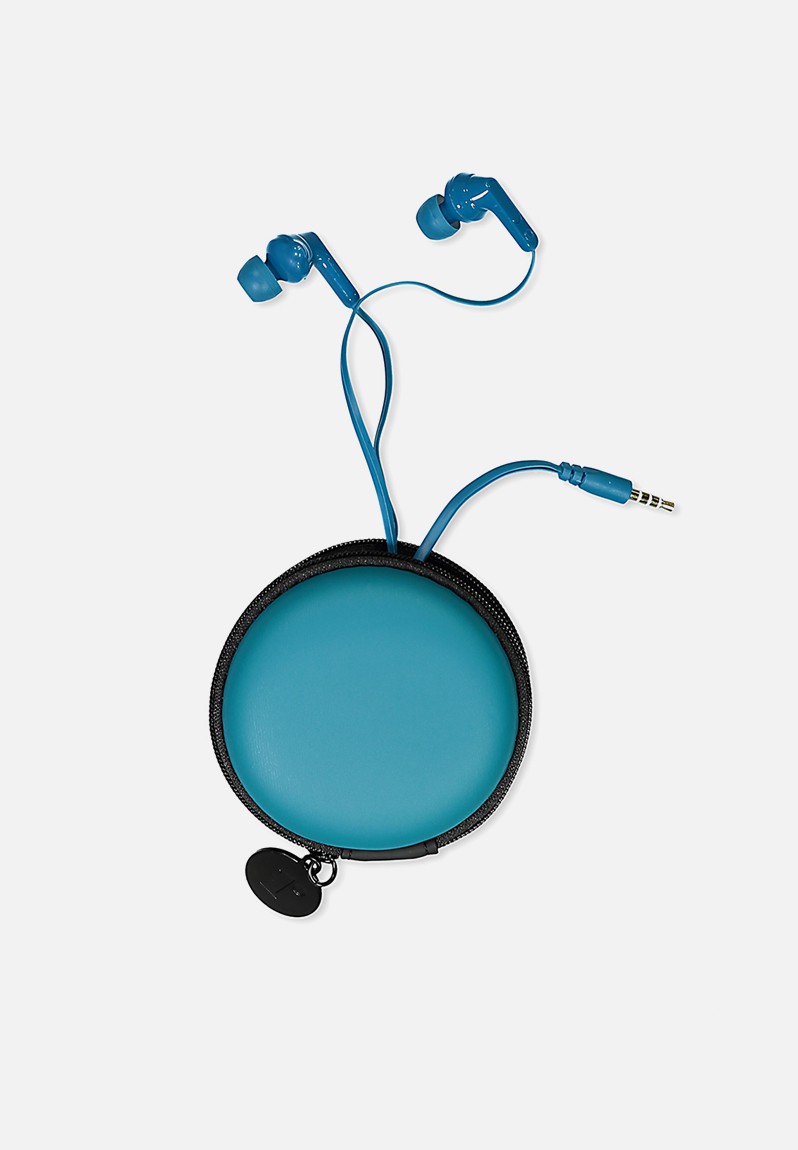For the last 4 years, I’ve been traveling a lot for work, because of this, I became quite good at packing (even though I hate it).
There are a few items that I cannot travel without, ever! Since Superbalist is having an awesome sale which I think you should check out, I thought this would be the perfect time to share my essential items with you to prepare for the holiday season.
My Carry-On Essentials for Long Flights
1. Hard-shell suitcase
It is extremely important to invest in a good suitcase even for carry-on luggage because people will basically throw their bags in the overhead storage or might mistakenly drop yours down when looking for something. I’m also one of those people that likes cute travel accessories, so I am always shopping around for something when I have a big trip coming up.

2. Backpack/Handbag with all important documents
I always carry a suitcase and another bag (sometimes it may be my laptop bag or a smaller bag) I could keep underneath the seat in front of me. I normally end up using this bag for day trips as well when I am touring a city.

This bag normally has all the important items like:
- Passports
- Credit cards/Cash
- Pen
- Travel insurance
- Important documents (also make copies)
- Medication
- Any other valuables
3. Passport/Important document Case & Luggage Tag
It doesn’t matter if I’m traveling local or international, I always use luggage tags. It helps identify my bags quicker especially when many people have the same bag plus you can find the important information on the tag which helps if luggage gets lost (let’s hope that doesn’t happen).

4. Comfortable clothing (I love wearing black tights or track pants when traveling)
5. Sweater/Jacket
6. Comfy shoes
7. Socks
8. Scarf/Wrap
The plane can get cold, this helps keep you warm and can be used as a throw if needed.
9. Spare undies
It’s a good idea to always carry spare and a sanitary pad or cup.
10. Pillow
You need this especially if you not traveling business class or with someone else.

11. Sleep mask
Sometimes you might still want to sleep when they turn the lights on, so it is a good idea to carry your own sleep mask.
Travel pouches

12. Makeup bag

- Lip balm
- Lipstick
- Perfume
- Hand cream
- Moisturizer for face
- Hand sanitizer
13. Hairbrush
14. Wet Wipes
15. Face mask/Eye cream
You have all the time in the world on the flight to do a little self-care and get refreshed before you land.
16. Toothbrush and Toothpaste
17. Water bottle to keep hydrated
18. Gum
19. Snacks
20. Power bank

21. Charger/Adapters
22. Headphones

23. Mini first aid kit
24. A good book

Remember there are liquid restrictions for carry-on.
Each liquid you carry must be in its own container of no more than 100ml (3.4 ounces). All liquids should be carried in a single, transparent, re-sealable plastic bag of up to 20cm x 20cm (8in x 8in) with a total capacity of up to a litre (approximately one quart). Source: British Airways
- How Did We Ever Survive Without Air-Fryers?
- Starting Over: Life, Divorce, and a New Chapter
- Discover a Hidden Gem in Mpumalanga: Angels View Hotel
- Want to win a Cruise worth R35,000?
- Sun City in Winter? Why not!


28 comments
Copper scrap processing equipment Copper scrap reclamation methods Copper scrap handling
Scrap copper warehousing Export requirements for Copper scrap Scrap Copper certification
Copper scrap resource recovery Copper scrap trade partnerships Scrap Copper prices
Casting aluminum scrap Scrap aluminium operations Household aluminum scrap
Scrap metal marketing strategies Ferrous material plant operations Iron reprocessor
Ferrous waste reclamation processing, Iron waste recovery plant, Metal reclamation and recovery facility
Scrap metal waste reduction Ferrous material environmental policies Iron scrap recovery and repurposing
Ferrous material logistics and handling, Iron scrap processing equipment, Metal waste reprocessing facility
Scrap metal recycling services Aluminium scrap value maximization Aluminium scrap regulations
Metal reprocessing services, Aluminum cables, Scrap metal reclaiming and recycling center
Scrap metal reutilization and recycling Scrap aluminum export-import Aluminium scrap pricing strategies
Metal waste recovery solutions, Aluminum cable scrap trade, Scrap metal recovery industry
Metal reclamation Aluminium recycling carbon footprint Aluminium recycling collaborations
Scrap metal regulations, Sorting and segregation of aluminum cable scrap, Metal reprocessing plant
Metal recycling solutions center Ferrous material facility optimization Iron scrap packaging
Ferrous waste repurposing, Iron raw material procurement, Metal recycling best practices
Metal scrap yard recycling Aluminum production scrap Aluminium recycling software
Metal reclamation company, Recycle aluminum cables for cash, Metal waste recovery and recycling
Scrap metal industry standards Ferrous material price trends Iron salvaging depot
Ferrous material recycling monitoring, Iron waste reclaiming services, Scrap metal reusability
Scrap metal import regulations Aluminium anodizing scrap recycling Aluminium scrap export logistics
Scrap metal reclaiming center, Aluminum cable refurbishment, Scrap metal business ethics
Metal reclaiming operations Ferrous material documentation Iron refining
Ferrous scrap recycling partnerships, Iron scrap handling equipment, Scrap metal regulations
Scrap metal recovery and reuse Scrap aluminium compaction Aluminium recovery solutions
Metal scrap sales agreements, Aluminum cable scrap recycling rates, Metal scrap brokerage
Metal recycling methodologies Residential ferrous metal recycling Iron scrap reclaiming plant
Ferrous material recycling technology, Iron waste reclamation depot, Scrap metal logistics services
Metal scraps recovery Aluminium recycling resource recovery Aluminium scrap handling procedures
Metal recovery processing, Aluminum cable scrap suppliers, Metal reclaiming and reprocessing
Scrap metal reclamation processes Ferrous material stakeholder communication Scrap iron utilization
Ferrous metal recycler, Iron waste processing, Metal reutilization yard
Scrap metal redistribution Aluminium recycling operations Scrap aluminium repurposing innovations
Metal waste treatment, Aluminum cable recycling center, Metal recycling compliance
Copper scrap value chain Industrial copper recycling solutions Copper scrap product development
Scrap metal export, Copper scrap export documentation, Metal reusing facility
Copper sheet and plate recycling Copper electrical connectors are widely used in a variety of electrical applications because of their excellent electrical conductivity and corrosion resistance. However, not all copper connectors are created equally. Some are more suitable for specific applications than others. Here are some best practices to consider when working with copper electrical connectors: 1. Select the Right Connector: Choose the right connector for the specific application. Connectors come in various shapes and sizes, so select the one that matches the wire gauge. Failure to do so could result in overheating, melting, or arc faults. 2. Prepare the Copper Wire and the Connector: Properly prepare the copper wire and the connector before installation. Remove any oxidation, dirt, or debris that could hinder the connection. Clean, smooth surfaces lead to proper conductivity. 3. Crimping and Compression: When crimping or compressing connectors onto wires, use the appropriate tools. Be sure to follow the manufacturer’s recommended compression parameters and procedures to ensure proper wire insertion, and prevent wire deformation or damage. Improper compression could lead to electrical resistance and compromise the electrical connection. 4. Avoid Chemical Exposure: Avoid exposing the copper connectors to chemicals such as cleaning agents, lubricants, or de-greasers without knowing their compatibility. Some chemicals could corrode or eat away at the connector and compromise conductivity. 5. Avoid Overheating: Overheating copper connectors could lead to deformation and damage. Be sure to maintain proper current rating and avoid overloading the connectors. Make sure the connectors are appropriately rated for the application in which they are being used. 6. Regular Maintenance: Ensure regular maintenance of the copper connectors and associated equipment. Inspect and evaluate the connectors and related equipment for signs of wear or damage that could compromise the electrical connection. Repair or replace equipment when necessary. 7. Follow the Manufacturer’s Guidelines: Always follow the manufacturer’s guidelines in installation, maintenance, and repair. These guidelines are designed to maximize the service life of the connector while ensuring consistent conductivity and minimal frequency of failures. These are some of the best practices that should be followed when working with copper electrical connectors. Following these practices will help ensure that the connections remain consistent and reliable while minimizing the risk of failure Metal reclamation and regeneration Copper scrap monitoring Copper scrap industry networking Copper scrap documentation Copper motor recycling Scrap metal certification
Metal waste reclamation methodologies Ferrous metal recycling safety Iron waste reusing services
Ferrous material trade, Iron waste reusing, Metal scrap sourcing
Copper bar recycling Aluminum wiring is a popular choice for electrical wiring in homes and buildings. It is a cost-effective and lightweight option that can be used for a wide range of applications. However, there are some important differences between aluminum and copper wiring that should be considered when choosing the right option for your needs. One of the main differences between aluminum and copper wiring is their conductivity. Copper is a better conductor of electricity than aluminum. This means that copper wiring can carry more electric current than aluminum wiring of the same size. For this reason, copper is often the preferred choice for high-current applications, such as in heavy-duty machinery or electrical transmission lines. Another important factor to consider is the durability and corrosion resistance of the wiring. Copper is generally considered to be more durable than aluminum, as it is less likely to fail or break over time. Copper wire is also more resistant to corrosion, which can cause electrical problems and reduce the lifespan of the wiring. However, aluminum wiring can be just as reliable as copper when installed properly. It is a very flexible material that can be used in a wide range of applications, including wiring for residential and commercial buildings. Aluminum wire is also less expensive than copper, making it an attractive option for budget-conscious projects. Ultimately, the choice between aluminum and copper wiring will depend on your specific needs and budget. If you need high-current wiring for heavy-duty machinery or electrical transmission lines, copper wiring may be the best choice. For general electrical wiring in homes and buildings, aluminum wiring can be a cost-effective and reliable option if installed properly Scrap metal exports Copper scrap compliance Copper scrap price fluctuations Copper scrap casting Copper scrap processing innovations Scrap metal volume estimation
Copper hydroxide scrap recycling Copper scrap reclamation projects Metal sorting services
Export of Copper cable scrap for recycling, Metal scrap reuse, Copper recovery specialists
Metal salvage yard operations, Copper tube coil scrap buyer, Copper cable recycling facility, Metal recovery yard services
Scrap metal end markets Ferrous material recycling audit Iron reprocessing plant
Ferrous material recycling and reclamation, Iron scrap processing equipment, Metal scrap industry expertise
Scrap metal collection Ferrous material milling Iron scrap utilization and trading
Ferrous waste salvage yard, Scrap iron transportation, Metal waste repurposing center
Metal waste recovery yard Ferrous material recycling and reclamation Recycling iron scraps
Ferrous material stockpiling, Iron scrap disassembling, Metal recycling and rejuvenation
Metal recycling and reusing solutions Ferrous recovery operations Iron scrap recovery depot
Ferrous material recycling processes, Iron reuse and recycling, Salvage metal recycling